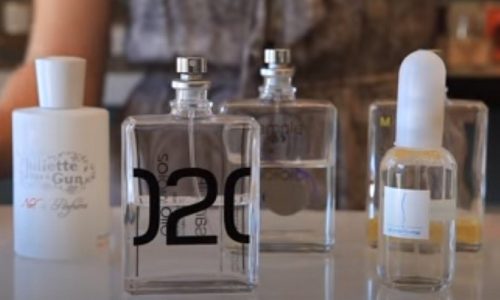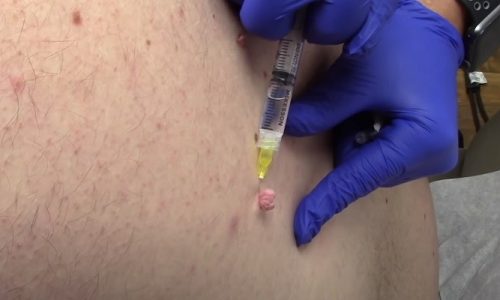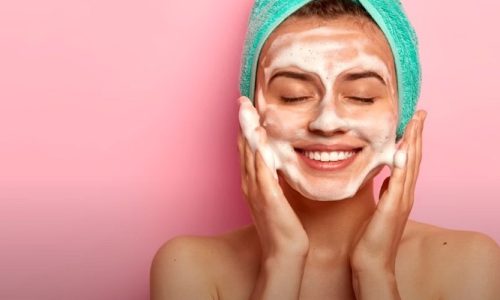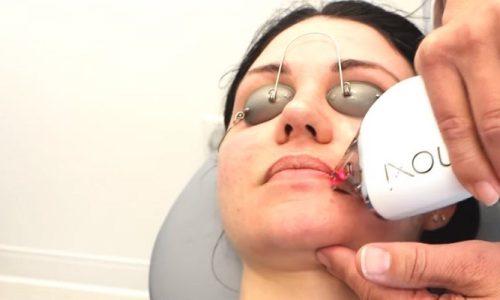Last Updated on June 18, 2025 by Jaclyn A. Neeley
Tretinoin, a derivative of vitamin A, is widely used for its potent effects on acne, photoaging, and hyperpigmentation. However, one common side effect that many users experience is skin peeling. This article will delve into why tretinoin causes peeling, how long it typically lasts, and most importantly, how to treat and manage this side effect effectively.
Why Tretinoin Causes Skin Peeling
Tretinoin accelerates the skin’s natural exfoliation process by increasing cell turnover. This means that new skin cells are produced more rapidly, pushing old cells to the surface to be shed. This rapid shedding can result in dry, flaky, and peeling skin, especially during the initial weeks of treatment.
How Long Does Tretinoin Peeling Last?
The duration of tretinoin-induced peeling varies among individuals. For most people, peeling and other side effects subside within two to six weeks as the skin adjusts to the medication. However, some users may experience peeling for up to two months. If peeling persists beyond this period, it is advisable to consult a healthcare provider.
Steps to Treat and Manage Tretinoin Peeling
1. Start Slowly
One of the most effective ways to minimize peeling is to introduce tretinoin gradually into your skincare routine. Begin by applying it two to three times a week and gradually increase the frequency as your skin builds tolerance. This approach helps your skin acclimate to the medication, reducing the severity of peeling and irritation.
2. Use a Gentle Cleanser
Switch to a mild, non-foaming cleanser that does not strip your skin of its natural oils. Harsh cleansers can exacerbate dryness and peeling. Recommended options include Cetaphil Gentle Skin Cleanser and the basic Neutrogena bar. Avoid cleansers with strong exfoliating agents or alcohol, as these can further irritate your skin.
3. Moisturize Generously
Keeping your skin well-hydrated is crucial when using tretinoin. Apply a thick, emollient moisturizer immediately after cleansing and before applying tretinoin. Look for moisturizers containing ceramides, hyaluronic acid, and other hydrating ingredients. Some users find it helpful to apply a layer of moisturizer before and after tretinoin application, a method known as “buffering”.
4. Avoid Over-Exfoliation
While it might be tempting to scrub away peeling skin, over-exfoliation can worsen irritation. Instead, use a soft, damp washcloth to gently massage the skin in circular motions, helping to slough off dead skin without causing further damage. Avoid using physical scrubs or chemical exfoliants like salicylic acid and glycolic acid during the initial weeks of tretinoin use.
5. Protect Your Skin from Sunlight
Tretinoin increases your skin’s sensitivity to sunlight, making it more prone to sunburn and further peeling. Always apply a broad-spectrum sunscreen with an SPF of at least 30 every morning, even on cloudy days. Additionally, try to minimize direct sun exposure by wearing protective clothing and seeking shade whenever possible.
6. Hydrate Internally
Drinking plenty of water helps maintain skin hydration from within. Adequate water intake supports your skin’s natural barrier function, helping to mitigate the drying effects of tretinoin.
7. Use Soothing Treatments
For areas of severe peeling and irritation, consider applying soothing treatments like aloe vera gel or 1% hydrocortisone cream. These can help reduce inflammation and provide relief from itching and discomfort. However, use hydrocortisone sparingly and avoid long-term use to prevent potential side effects like skin thinning.
8. Adjust the Tretinoin Concentration
If peeling and irritation are severe, consult your healthcare provider about adjusting the concentration of tretinoin. Starting with a lower concentration and gradually working up can help your skin adapt more comfortably. Common starting concentrations are 0.025% or 0.05%, which can be increased as your skin builds tolerance.
9. Take Short Breaks if Necessary
If your skin becomes excessively irritated, it may be beneficial to take short breaks from tretinoin use. Skipping one or two days can give your skin time to recover without significantly impacting the overall treatment efficacy
19. Always resume use gradually to avoid shocking your skin.
10. Consult a Dermatologist
If you find it challenging to manage peeling and other side effects, seek advice from a dermatologist. They can provide personalized recommendations and may suggest alternative treatments or adjunctive therapies to help your skin tolerate tretinoin better.
Conclusion
Peeling skin is a common but manageable side effect of tretinoin. By starting slowly, using gentle skincare products, moisturizing generously, and protecting your skin from the sun, you can significantly reduce the discomfort associated with tretinoin peeling. Remember, patience is key. As your skin adjusts to tretinoin, these side effects will typically diminish, allowing you to enjoy the full benefits of this powerful skincare treatment.
For persistent or severe side effects, always consult with a healthcare provider to ensure that your treatment plan is safe and effective for your specific skin type and condition.
FAQs
How long does tretinoin peeling last?
Tretinoin peeling typically lasts between 2 to 6 weeks as your skin adjusts to the medication. This period, often referred to as the “retinization” phase, involves increased skin cell turnover, leading to peeling and flaking. If peeling persists beyond this timeframe, consult your healthcare provider as it may indicate a need to adjust your treatment regimen.
Should I keep applying retinol if my face is peeling?
If your face is peeling excessively from retinol, it is advisable to reduce the frequency of application or switch to a lower concentration. Consult a dermatologist for personalized advice. Continuing to use retinol despite severe peeling can exacerbate irritation and delay the adjustment period.
Is tretinoin working if there is no peeling?
Yes, tretinoin can still be effective even if there is no visible peeling. Peeling is a common side effect but not a necessary indicator of efficacy. The absence of peeling may simply mean that your skin is tolerating the treatment well.
What are the common side effects of tretinoin?
Common side effects of tretinoin include skin redness, dryness, peeling, burning, itching, and increased sensitivity to sunlight. Other potential side effects are changes in skin color, warmth or stinging at the application site, and, in rare cases, severe skin irritation.
How to prevent peeling skin from tretinoin?
To prevent peeling from tretinoin, start with a lower concentration and gradually increase usage. Apply a moisturizer before and after tretinoin (the “sandwich” method), avoid harsh skincare products, and use sunscreen daily. Hydrating your skin and avoiding excessive exfoliation can also help minimize peeling.







